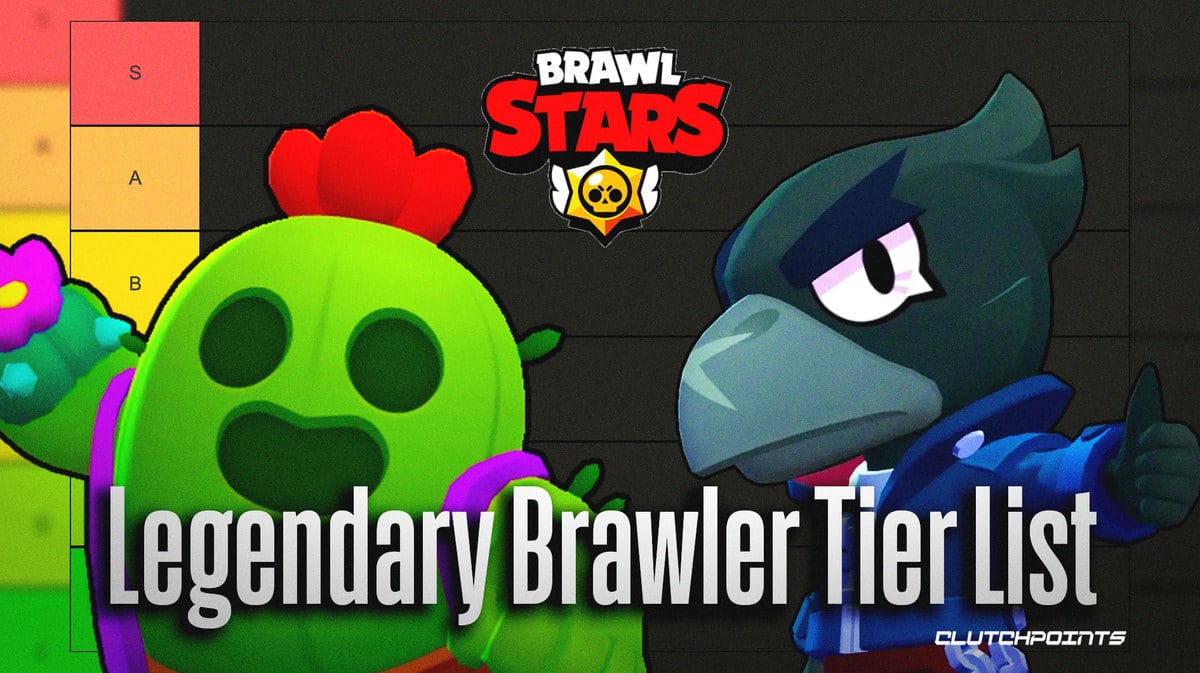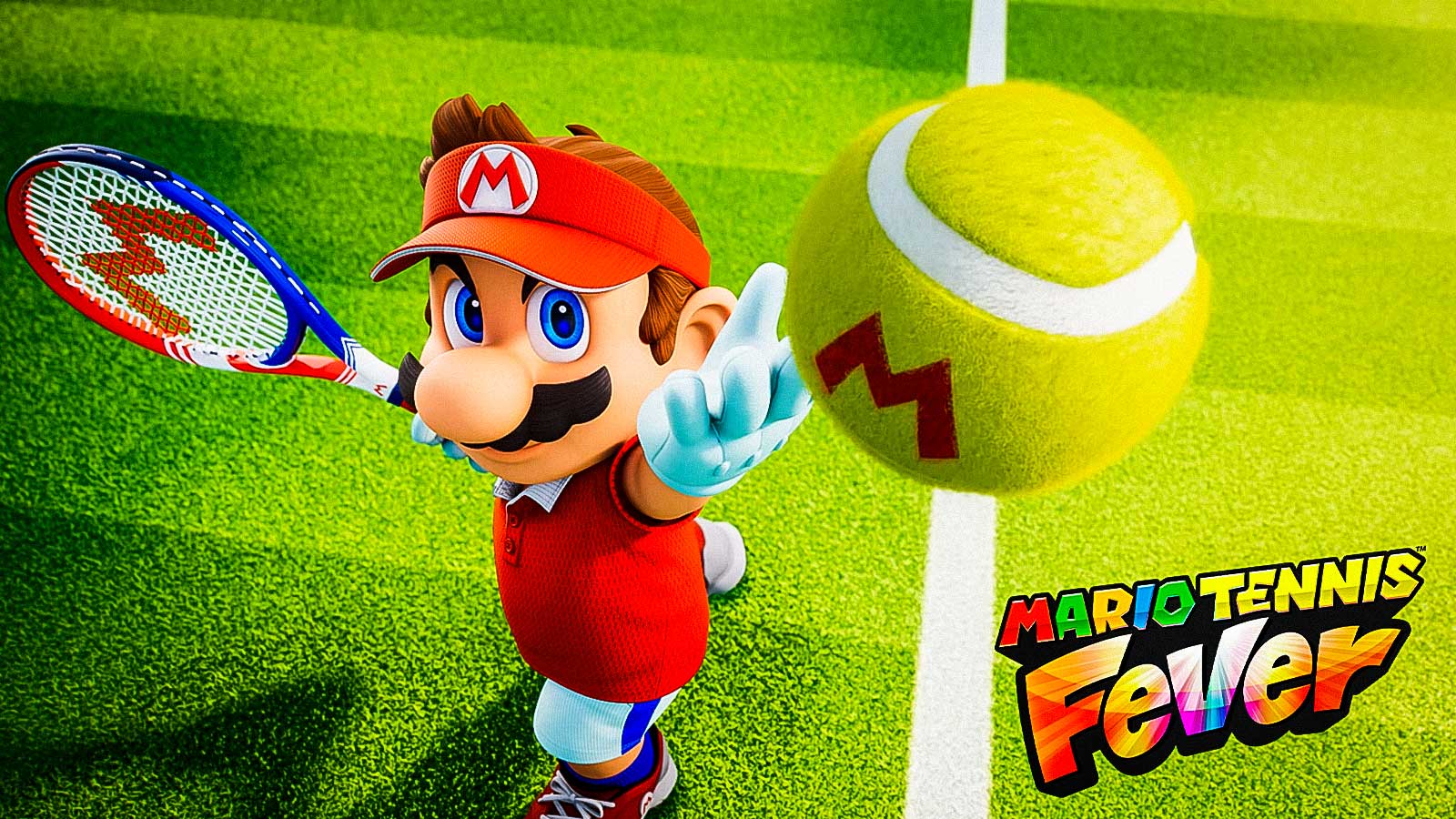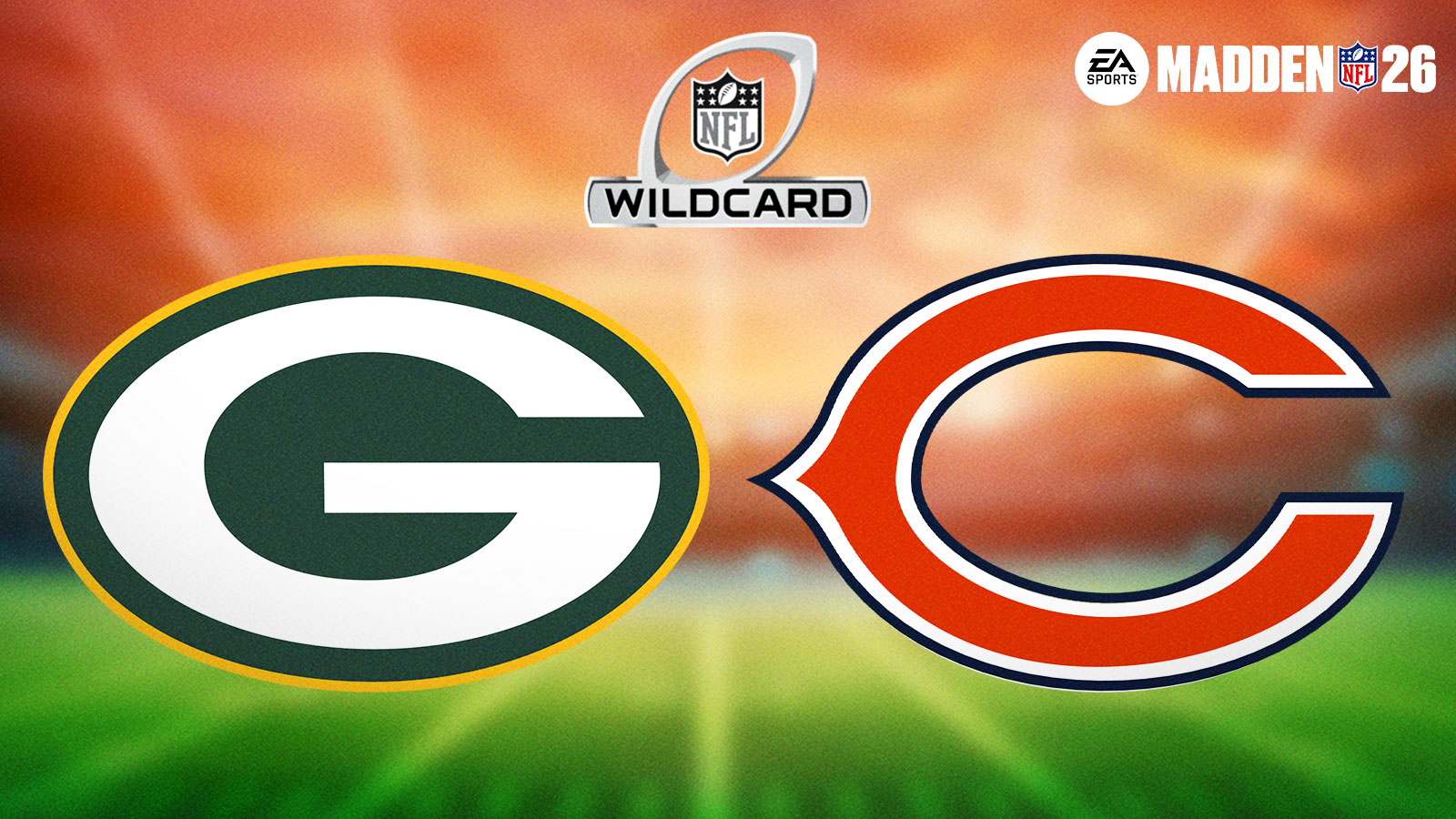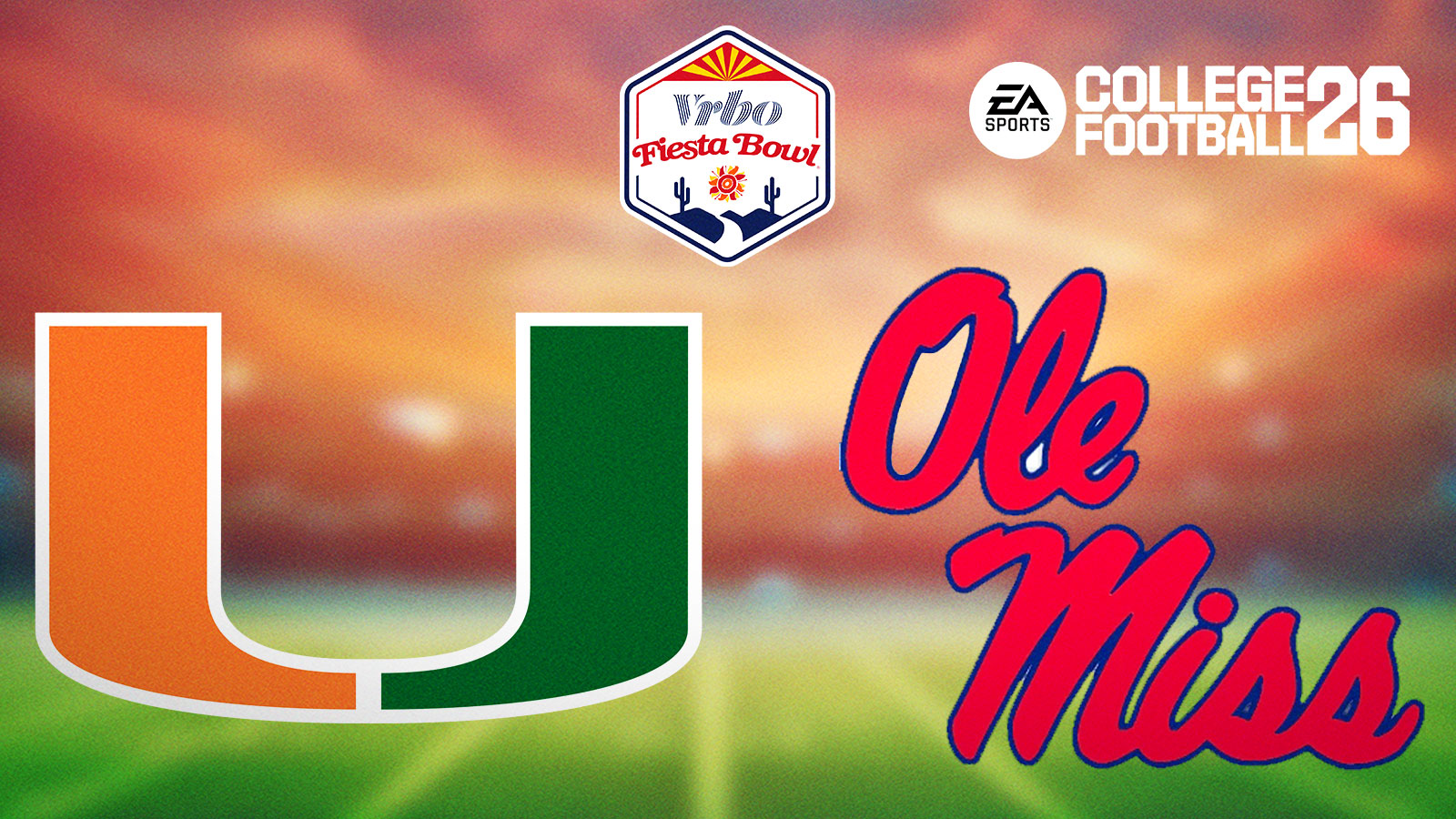Since Pokemon Gold and Silver, Pokemon has been able to “reproduce” and create new Pokemon. That means it still applies to the latest games which are Pokemon Scarlet and Violet. What are the advantages of breeding Pokemon anyway? These new Pokemon can learn new moves through breeding; some Pokemon can only be obtained with this method. In this guide on Pokemon breeding, we'll tell you what you need to know to come up with the perfect Pokemon for competitive battles.
Guide on Pokemon Breeding
Through Pokemon Breeding, your parent Pokemon can pass down moves, abilities, natures, and IV stats to its offspring. Here is a guide on Pokemon Breeding:
Basics
Breeding can only occur when you leave your Pokemon at the Pokemon Daycare. If two Pokemon are compatible and left with the daycare lady, they will leave an egg that will be handed to you when you come to check and visit. Pokemon are compatible for breeding when:
- They are not legendary or baby Pokemon, Unown, Nidorina, or Nidoqueen;
- They are not opposite genders;
- They are in the same egg group (Amorphous, Bug, Dragon, Fairy, Field, Flying, Grass, Human-like, Mineral, Monster, Water 1, Water 2, Water 3, Ditto, Undiscovered).
Notes to consider:
- Pokemon that meet the first criteria can also breed with Ditto
- Genderless Pokemon can only breed with Ditto
When you breed two Pokemon, the egg they produce will always hatch the same species as the female Pokemon that you have in the daycare. For example, when you leave a female Charizard at the daycare with a compatible male Pokemon, it will produce a Charmander egg. For the case of breeding with Ditto, the egg Ditto and the other Pokemon that you will breed with it will always yield a non-Ditto Pokemon egg.
Exceptions:
There are Pokemon that are an exception to the breeding rule such as Nidoran ♀, Nidoran ♂, Volbeat, and Illumise as they have male-female counterparts. Breeding them would require that they are paired with their counterpart and would yield either a male or female variant.
Also, an exception to this rule is variable eggs as they would require the parent to hold a specific item to yield a specific egg. For example, a female Roserade will produce a Roselia egg if it is not holding the Rose Incense. The female Roserade will only yield a Budew egg if it is left in the daycare while holding a Rose Incense.
Egg Group
There are several different egg groups that would allow you to breed different Pokemon. You have to have the Pokemon from the same egg group to have to breed successfully and knowing all these might be a little confusing. We've made it a little easier for you to understand by listing them down here for your reference:
- Amorphous connected to Dragon, Fairy, Grass, Human-like, Mineral, Water 1
- Bug connected to Dragon, Fairy, Grass, Human-Like, Mineral, Water 1, Water 3
- Dragon connected to Amorphous, Bug, Field, Flying, Grass, Mineral, Monster, Water 1, Water 2
- Fairy connected to Amorphous, Bug, Field, Flying, Grass, Human-Like, Mineral, Water 1
- Field connected to Dragon, Fairy, Flying, Grass, Human-Like, Mineral, Monster, Water 1, Water 2
- Flying connected to Dragon, Fairy, Field, Human-Like, Water 1, Water 3
- Grass connected to Amorphous, Bug, Dragon, Fairy, Field, Human-Like, Mineral, Monster, Water 1
- Human-like connected to Amorphous, Bug, Fairy, Field, Flying, Grass, Water 1
- Mineral connected to Amorphous, Bug, Dragon, Fairy, Field, Grass, Monster
- Monster connected to Dragon, Field, Grass, Mineral, Water 1
- Water 1 connected to Amorphous, Bug, Dragon, Fairy, Field, Flying, Grass, Human-Like, Monster, Water 2, Water 3
- Water 2 connected to Dragon, Field, Water 1
- Water 3 connected to Bug, Flying, Water 1
Baby Pokemon
There are certain species of Pokemon that will produce a Baby Pokemon. They are special Pokemon that can only be obtained through breeding. You can simply pair up a male-female of the same species to yield the specific baby Pokemon, but as mentioned there are Pokemon that would require certain held items to yield the specific baby Pokemon.
Here is a list of all the Pokemon that would yield a baby Pokemon:
- Pichu – From Pikachu/Raichu
- Cleffa – From Clefairy/Clefable
- Igglybuff – From Jigglypuff/Wigglytuff
- Togepi – From Togetic/Togekiss
- Tyrouge – From Hitmonchan/Hitmonlee
- Smoochum – From Jynx
- Elekid – From Electabuzz/Electivire
- Magby – From Magmar/Magmortar
- Riolu – From Lucario
Here is a list of all the Pokemon that would require a held item to be obtained:
- Azurill – From Marill/Azumarill with Sea Incense
- Wynaut – From Wobbuffet with Lax Incense
- Budew – From Roselia/Roserade with Rose Incense
- Chingling – From Chimecho with Pure Incense
- Bonsly – From Sudowoodo with Rock Incense
- Mime Jr. – From Mr. Mime with Odd Incense
- Happiny – From Chansey/Blissey with Luck Incense
- Munchlax – From Snorlax with Full Incense
- Mantyke – From Mantine with Wave Incense
What are the advantages of breeding Pokemon?
Other than getting eggs with cute patterns and walking a certain number of steps to hatch them, What are the advantages of breeding Pokemon? For one, you can take the parent Pokemon's moves, abilities, natures, and IV stats and pass them down to the Pokemon it yields.
Inheriting moves
Pokemon Breeding is an integral part of competitive battling as it enables you to obtain Pokemon with the ideal moves that you would need for your team's composition. There are some moves only Pokemon can learn through breeding which are called egg moves. In most cases, Pokemon from the same egg group learn the move by leveling up and can pass it on by breeding. When they are too many candidate moves that the baby can learn, the baby Pokemon follow this precedent with each new move overwriting previous ones:
- Level 1 moves
- Moves that the offspring Pokemon by leveling up, if both parents have them
- Any compatible TMs or HMs moves known by the male parent (In Gen 2-5 only)
- Any egg moves known by either parent (or the male parent in Gen 2-5 only)
Inheriting abilities
Abilities are unique to each Pokemon and naturally have two regular abilities and a hidden ability. The female parent (or male when you breed it with Ditto) has a 60% chance of passing down its ability to its offspring. If the baby Pokemon does not inherit the ability of its parent, it will learn an ability randomly chosen from its regular abilities. Note that the ability itself may be different if a Pokemon evolves – For example, Poochyena has the ability of Run Away or Quick Feet while Mightyena has Intimidate or Quick Feet. A Poochyena bred with a Mightyena with Intimidate has an 80% chance of having Run Away and a 20% chance of having Quick Feet. If the Mightyena has Quick Feet instead of Intimidate, the hatched Poochyena will have an 80% chance of Quick Feet and a 20% chance of having Run Away.
Inheriting natures
Pokemon are also capable of inheriting their parents' natures through breeding. Normally, nature is chosen at random from the 25 different possible natures so you would want a specific one for your competitive battling team. To obtain a specific nature that you would want the offspring Pokemon to get, let the parent Pokemon with the specific nature you want to copy is holding an Everstone. If both parents are holding an Everstone, the baby Pokemon's nature will be random from the 25 different natures).
Inheriting IV Stats
Individual Values Stats (commonly known as IV Stats) can also be passed down from parent Pokemon to child Pokemon since the Pokemon Ruby and Sapphire games. The baby Pokemon will inherit three stats from either parent. For example, if you were breeding a male Infernape and a female Ninetails, the offspring Vulpix could inherit the HP and Defense IVs from Infernape, and the Speed IV from Ninetails. IVs that are passed down will be random so it is not always guaranteed which one will be passed down to the offspring.
In Pokemon Heart Gold and Soul Silver, the mechanic of passing down a specific IV was introduced by letting the parent Pokemon hold a certain item. EV-training Power Items will indicate what specific IVs will be passed down from the parent regardless of who holds them. That makes passing down specific IVs to the child Pokemon easier and the two other IVs will be randomly inherited from the parents. The Power items are as follows:
- Power Weight for HP
- Power Bracer for Attack
- Power Belt for Defense
- Power Lens for Special Attack
- Power Band for Special Defense
- Power Anklet for Speed
From Pokemon X/Y onwards, a parent holding the Destiny Knot will make the child Pokemon inherit all five IVs from the parent. If the other parent is holding a specific power item, it will inherit that IV and the rest from the parent holding the Destiny Knot.
We hope that this guide on Pokemon breeding gave you the answers to what are the benefits of breeding Pokemon. We also hope that this will help you create the perfect team that you have always been after. Make sure to watch out for the latest news, events, and updates on CluthPoints Gaming. Best of luck, Trainers!



















